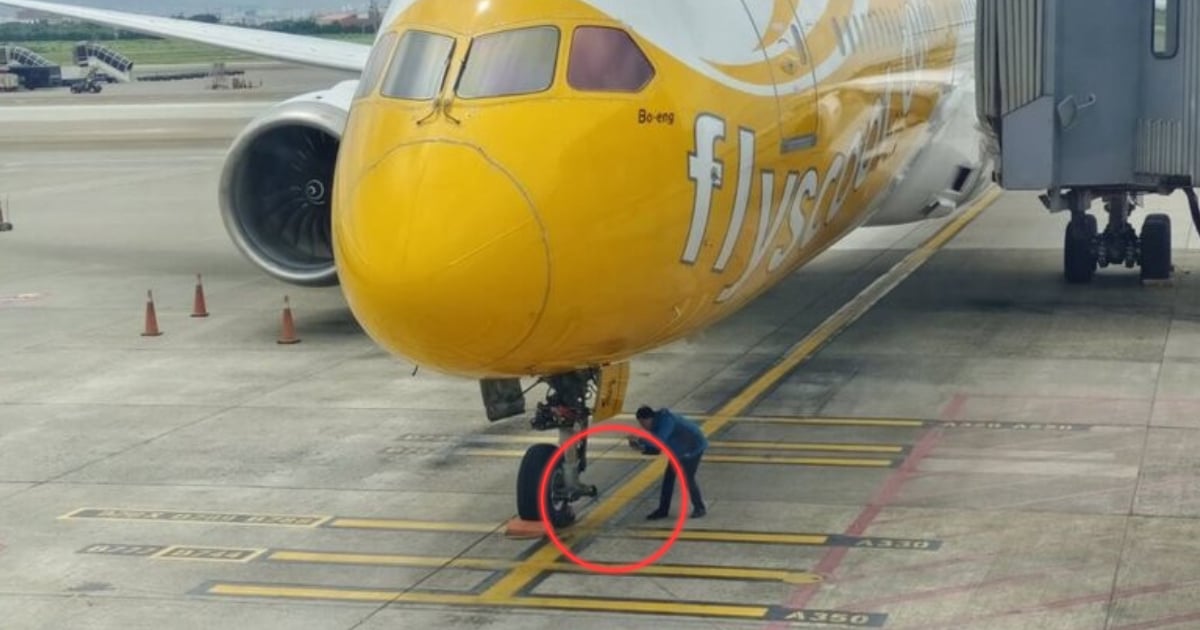Attention gig workers, changes are about to be made.
And you might not like it.
Concerns Over Platform Workers
On Wednesday (23 Nov), the Ministry of Manpower’s advisory committee released a report on platform workers, including some recommendations to help protect the housing and retirement adequacy of these workers.
The committee pointed out that many of these employees earn modest wages and thus are apprehensive about paying CPF to their own without co-contributions from their employers, who are platform companies such as food delivery and ride-hailing firms.
They stressed that platform workers should have the right to adequate CPF savings, as do other employees with similar lifetime earnings.
And these recommendations have been accepted by the Government.
What to Expect on the Worker’s End
When the ruling comes into effect, for the first year, platform employees under 30 will be required to contribute to the Central Provident Fund (CPF), while older employees will have the option to do so.
They reasoned that younger employees are likelier to have housing commitments or ambitions to buy a house. With the new revision, they will have a “longer runway” to accumulate savings and later profit from the CPF interest rates.
For older employees, they note that it is crucial to maintain choice and flexibility for them, as some may already have retirement plans or have paid off their housing loans.
But should they choose to contribute to CPF, they cannot opt out afterwards.
On the Companies’ End
On the companies’ end, they are expected to contribute to CPF at the same rates as their employees, especially if they exert a “significant level of management control” over them.
This refers to platforms companies that are in a position to, for example, allocate jobs to the employees and then later take a cut of the revenue.
The committee suggests that the platform business collaborates with the government to create an efficient system for deducting CPF contributions from platform workers’ earnings and when they receive their income.
Why Slow Incline Increase
After the first year of implementation, over the course of five years, the CPF contribution rates will gradually increase, at an average of 2.5% per year, and businesses seeing an increase of 3.5% per year.
Why not all at once?
The committee acknowledges that applying the maximum CPF contribution rates for gig workers off the bat would have a significant negative impact on the platform ecosystem.
It could potentially lead to a “prohibitive increase in business costs” and losses in take-home pay for the workers or perhaps a surge in price for the platform users.
Therefore, it is advised that CPF contributions should be gradually increased over a five-year period.
The CPF contributions rates will also be applied to workers’ total wages after deducting their out-of-pocket expenses for things like gasoline and car upkeep.
For instance, drivers of cabs and private rental cars may adopt a set expenditure deduction percentage of 60%. this would imply that the CPF contribution rate only applies to 40% of their gross income, and the average additional yearly CPF payment for such will be 1% of their gross income and 1.4% for their employers.
Small Concerns
The committee acknowledged that although platform workers’ take-home pay would decrease due to CPF payment, their overall earnings would increase.
They recommended that to lessen the impact, the Government may wish to explore providing support for platform employees.
Featured Image: ferdyboy / Shutterstock



